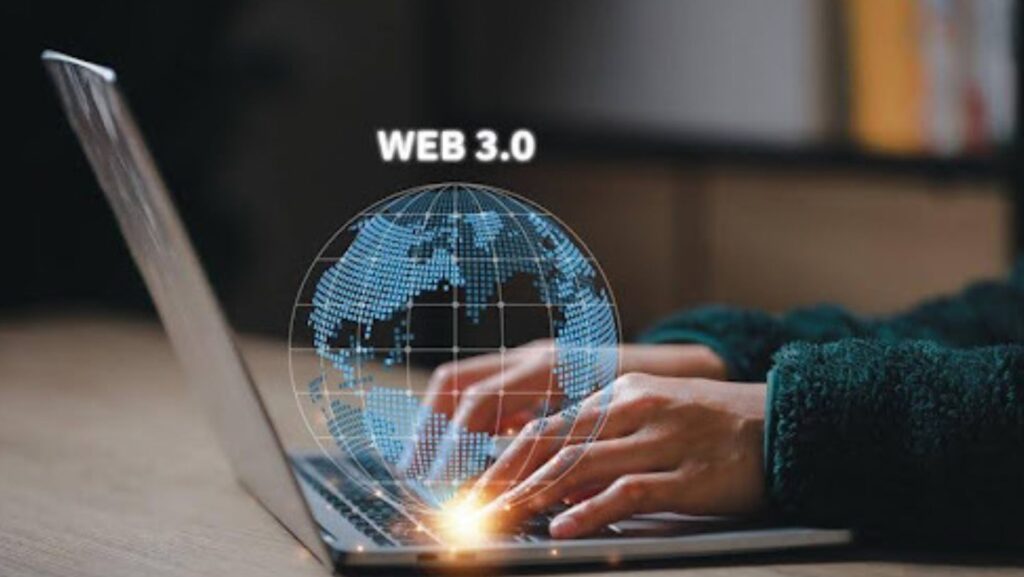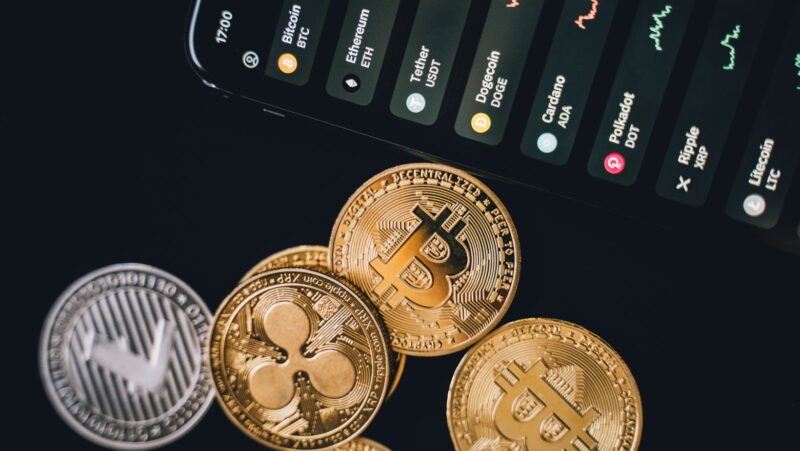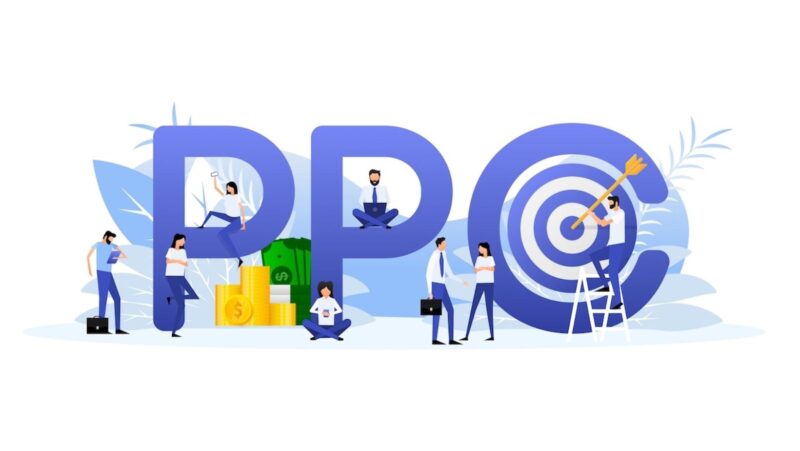
If you’ve been paying attention to the developments in the digital realm in recent years and the direction where things are headed, you might have noticed that we’re not so slowly moving towards a decentralized future. That means the current version of the internet, also known as Web 2.0, underpinned by centralized servers controlled by large companies, will eventually become a thing of the past, and we’re going to step into a new era of web connectivity, commonly referred to as Web3, where blockchain technology, artificial intelligence, decentralization, personalization, and users will be running the show.
To be completely honest, that sounds equally exciting and confusing because newness involves adaptation, and we all know that leaving old ways behind and adjusting to a new order of things, not knowing exactly what to expect or how to react, is not always smooth sailing, to put it lightly.
But evolution is inevitable, whether we like it or not, and it’s much better to be prepared for what lies ahead than to resist change and let things catch you by surprise. To this end, you should learn about a tool that will become indispensable to a successful transition and effective navigation of the decentralized age: a Web3 wallet.
These instruments are going to serve as gateways to this new and fascinating iteration of the online space and help you take full advantage of the features and possibilities it provides, so let see what they’re all about.
What Are Web3 Wallets?
Since we’re talking about the digital realm, you’ve probably figured out that Web3 wallets have nothing to do with the usual physical wallets where people keep their cash and cards, so what exactly are these curious products that everyone seems to be talking about lately?
To put it simply, a Web3 wallet is a piece of software that holds your private keys, which represent a long string of random numbers specific to each user that grants you access and certifies ownership of assets and resources that reside on the blockchain. Well, maybe that wasn’t the simplest explanation, but the point is that Web3 wallets don’t store things in the actual sense of the word but rather facilitate your connection to the blockchain, allowing you to interact with the many items and services that live on these distributed databases.
This means that by setting up a Web3 wallet you get to do all sorts of things such as holding and using a wide range of digital currencies, including heavyweights like Bitcoin and Etehreum, and connecting to a variety of decentralized applications (dApps) built on blockchain networks. You can also explore and buy NFT items and other types of digital tokens and then manage them with ease via your Web3 wallet.
Therefore, the main functions of a Web3 wallet are to store users’ private keys, enable the execution of smart contracts, facilitate connection to different blockchains, and allow users to interact with dApps. As a result, with the help of a Web3 wallet, you get full control over your assets, data, and online experience, as there’s no necessity for middlemen or central entities to intermediate any processes for you.
Different Strokes For Different Folks
While we’ve yet to cross the Web3 frontier and fully enjoy the perks of the decentralized internet, Web3 wallets are as real as they get, and they come in multiple forms, already being used by an increasing number of people from all across the world. So, in order to figure out which type of wallet best serves your needs, you need to learn about the differences between them.
Web3 wallets can be separated into hot and cold wallets. The fist category refers to programs that stores your private keys online and are connected to the interne. Hot wallets can be further divided into desktop wallets, mobile wallets, and web wallets, depending on the device or channel you’ll be using to access the wallet. While software wallets ensure fast and easy access, their constant internet connectivity makes them more vulnerable to cyberattacks.
As for the second category, cold wallets, they designate physical devices that store private keys offline and comprise both hardware and paper wallets. These score higher in terms of security but are not as convenient as hot wallets and are also prone to the risk of damage or theft.
Web3 Wallets vs Crypto Wallets
You might have heard people use the terms Web3 wallet and crypto wallet interchangeably, and while there is some overlap between the two, they designate different products with different functionalities.
The main distinction between these two types of wallets is made by the types of assets you can manage with them. With crypto wallets, you can only store, send, receive, or swap digital currencies. Some of them might have additional features and also support NFT protocols, but that’s not common for all crypto wallets, so if you’re interested in NFTs, you have to make sure the wallet you select offers these types of services.
Vetting Web3 Wallets
Speaking of selecting wallets, since there are numerous Web3 wallet providers on the market, you have to know how what to look for when exploring your options. So, here are the main aspects to keep in mind:
- Security – digital assets attract cybercriminals like a magnet, so the security level provided by a Web3 wallet should be the main aspect you should inquire about
- Developers – a wallet provided by a reputable company or created by a trustworthy team of developers is more likely to be efficient and safe.
- Features – you have to find out what assets the wallet supports and what services it provides to ensure it suits your specific needs
- User experience – since you’ll be using this wallet to interact with the Web3 ecosystem, choosing a program that is user-friendly and offers a seamless experience is a must
So, here you have it. The path to Web3 and all promises it holds start with setting up a Web3 wallet, so choose yours and get ready to step into the decentralized future.














